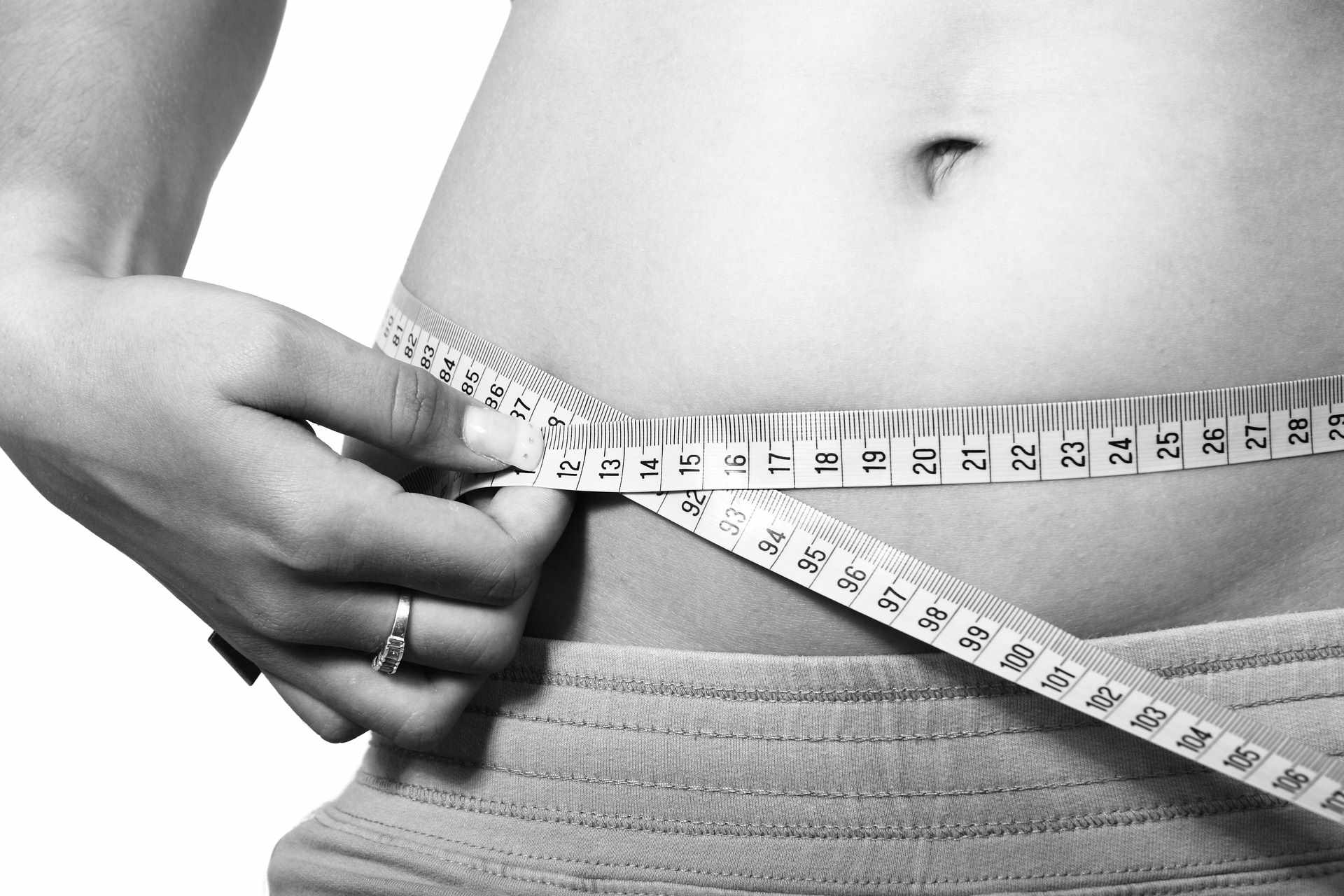Weight Loss Balloon: How the Stomach Balloon Procedure Works
A weight loss balloon is a non-surgical, temporary option intended to help people with obesity reduce food intake and support lifestyle change. The device is placed in the stomach to create a sense of fullness, often used alongside dietary counseling and monitoring. Unlike bariatric surgery, a stomach balloon procedure is reversible and generally intended for patients who need moderate weight reduction or who want a bridge to longer-term interventions. Understanding how it works, who it may suit, and the medical considerations can help you evaluate whether this approach fits into a broader weight management plan.

This article is for informational purposes only and should not be considered medical advice. Please consult a qualified healthcare professional for personalized guidance and treatment.
What is a stomach weight loss balloon procedure?
A stomach weight loss balloon procedure involves inserting an inflatable device into the stomach to occupy space and reduce hunger signals. There are different types: some balloons are placed endoscopically and then filled with saline, while others may be swallowable capsules that self-inflate. The device typically remains in place for several months before removal. The aim is to slow gastric emptying and decrease portion sizes, supporting caloric reduction without altering anatomy permanently. The procedure is performed in a clinical setting under sedation and usually requires follow-up appointments.
How does the balloon procedure support weight loss?
The balloon procedure supports weight loss primarily by mechanical restriction and altered satiety cues. By taking up volume in the stomach, it reduces the capacity for large meals and often leads to earlier fullness during eating. Patients commonly report decreased appetite and fewer cravings, which can make caloric control easier. Importantly, the balloon is intended to be combined with structured behavioral support—nutrition counseling, exercise guidance, and psychological support—to translate short-term weight loss into sustainable habits. Results vary, and success often depends on adherence to the accompanying program.
Who is a suitable medical candidate for a stomach balloon?
Medical candidacy for a stomach balloon typically includes adults with obesity who have a body mass index (BMI) in a specific range (commonly moderate obesity) and who have not achieved sufficient weight loss through diet and exercise alone. Candidates should not have certain gastrointestinal conditions, previous gastric surgery, or active medical issues that increase procedural risk. A comprehensive medical evaluation including history, physical exam, and sometimes imaging or lab work is required. Mental health assessment and readiness for lifestyle change are also important components of candidate selection.
What are risks and medical considerations related to obesity treatment?
Like any medical intervention, stomach balloons carry risks. Common side effects during the initial days include nausea, vomiting, abdominal discomfort, and reflux. Less commonly, balloons can deflate, migrate, or contribute to gastric ulcers or obstruction; such complications may require endoscopic removal or surgery. Long-term medical considerations include monitoring for nutrient deficiencies if intake falls too low and ensuring follow-up care to prevent rapid weight regain after removal. Clinicians will weigh these risks against potential benefits and discuss alternatives such as pharmacotherapy, endoscopic procedures, or bariatric surgery for more severe obesity.
How does post-procedure care affect outcomes?
Post-procedure care is critical to achieving meaningful, durable outcomes with a weight loss balloon. Structured follow-up typically includes dietary plans that progress from liquids to solids, behavioral counseling, and an exercise regimen tailored to the individual. Ongoing medical monitoring checks weight trajectory and screens for complications. The period while the balloon is in place is often the best window to establish sustainable habits; without continued lifestyle changes and possibly medical therapy, weight regain after removal is common. Coordination with dietitians, primary care, and specialists improves adherence and long-term success.
Conclusion
A stomach weight loss balloon is a temporary, reversible medical option that can help people with obesity achieve weight reduction by reducing stomach volume and modifying hunger cues. It is most effective when combined with comprehensive lifestyle and behavioral support and selected for patients after a careful medical evaluation. Risks exist and should be discussed openly with a qualified clinician. For individuals considering this approach, understanding the procedure, expected effects, and the importance of post-placement care helps set realistic expectations and supports safer, more effective weight management.






